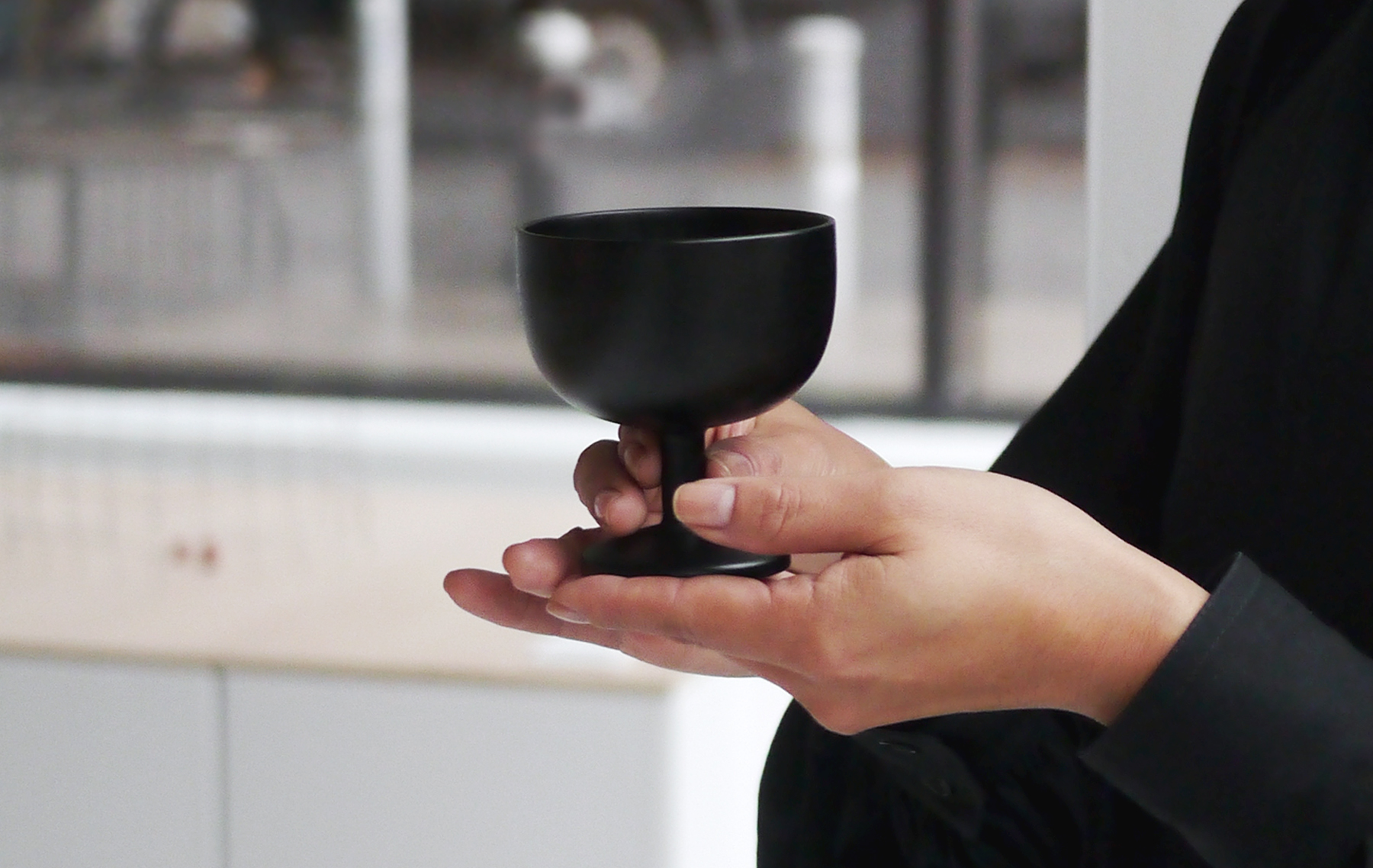Journal
Afterlife | Personal Reflections on Ryuji Mitani’s Tableware
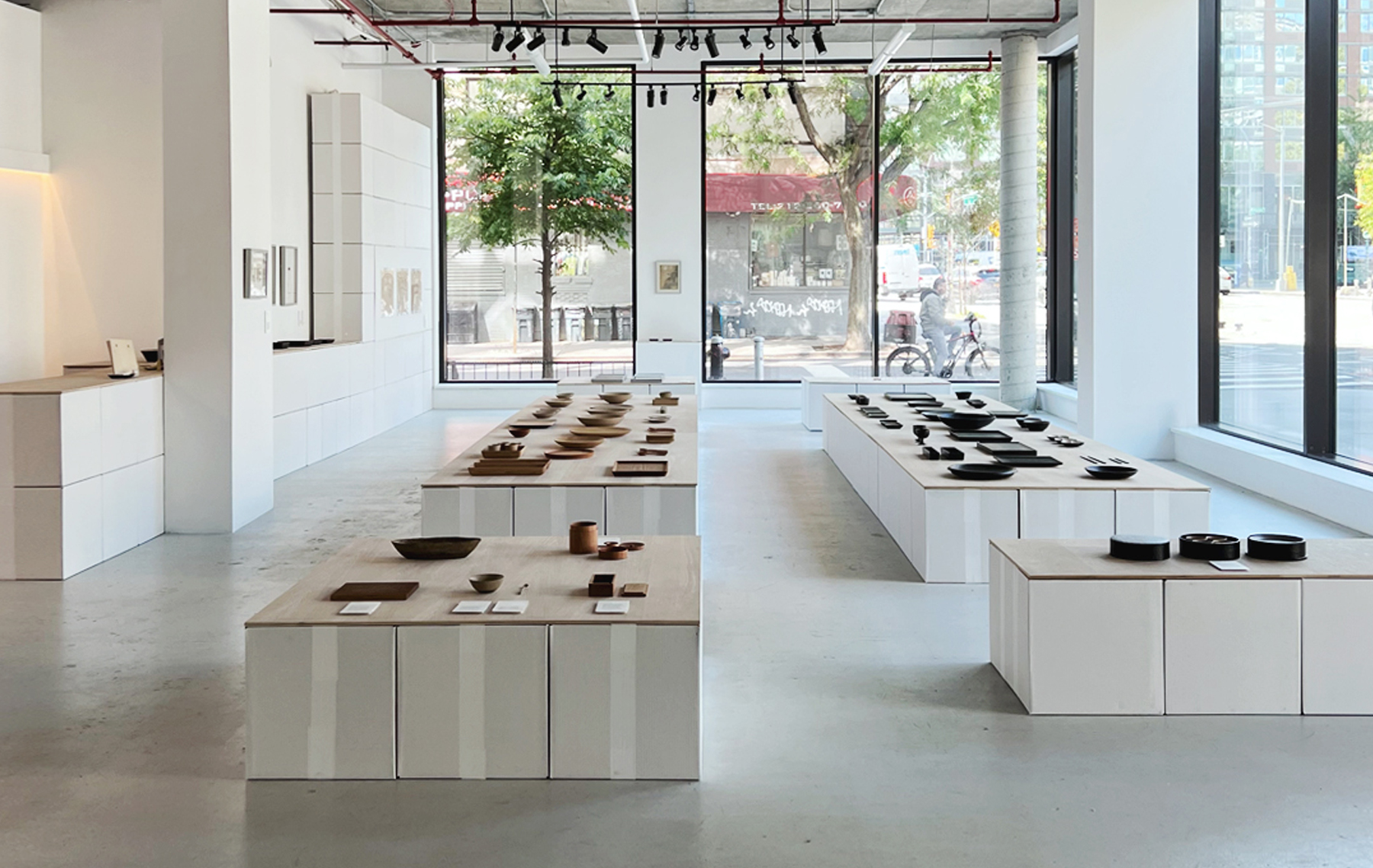
Crafts, and Then | Annex and Exhibition Recap
Our latest exhibition, ‘Crafts, and Then’ – An Exhibition of Art Works and Wood Tableware by Ryuji Mitani, was held at our temporary Annex Gallery at 24 2nd Avenue just a few weeks ago. It was a completely new space…
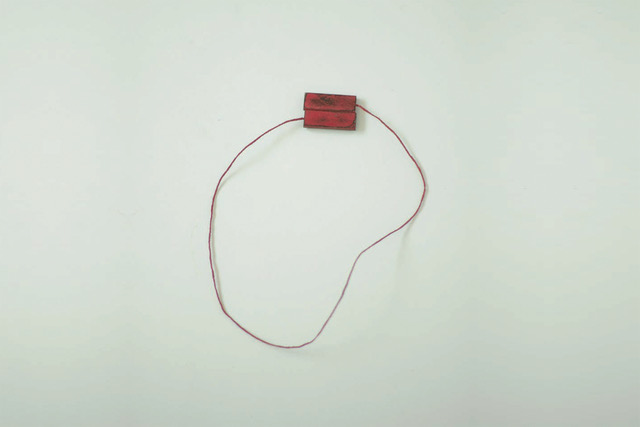
Crafts, and Then – A Ryuji Mitani Book
For quite some time, handcrafting has existed as a form of self-expression. Utsuwa, however, was never an art form that could exist on its own, as a vessel cannot fulfill its role without both someone to cook and another to eat. Its final form emerges through connection, not just a one-way interaction.I’ve taken this text as an opportunity to reflect on and reconsider these vessels that exist…
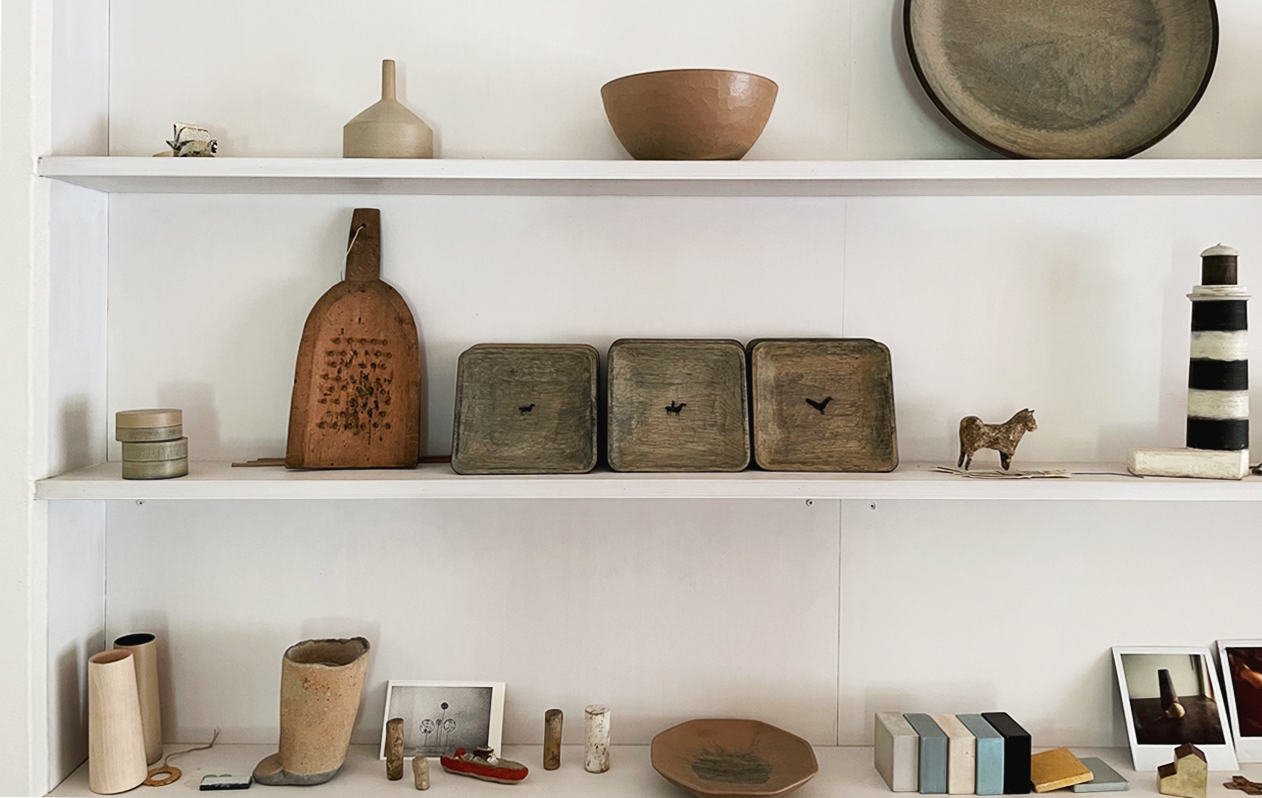
Crafts, and Then | Exhibition Opening Remarks
On the occasion of the exhibition Crafts, and Then at Nalata Nalata – I have been creating vessels for use, so that they do not make too much of a statement. Half for serving food and half for the people who…
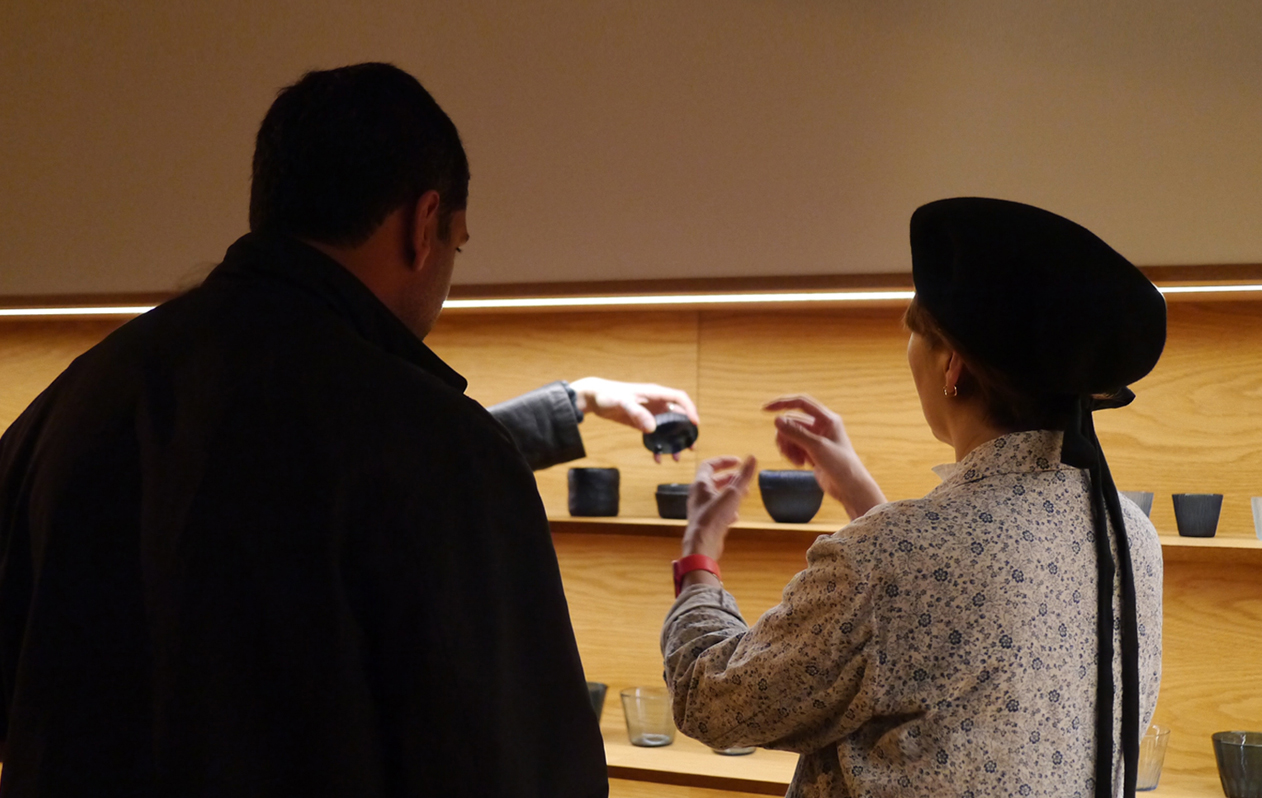
Relife | Exhibition Recap
After all these years of exhibition planning, one of the best parts is looking back at the event and reflecting with our exhibition recaps. There is so much momentum and energy leading up to a show that thinking back recaptures many memories…
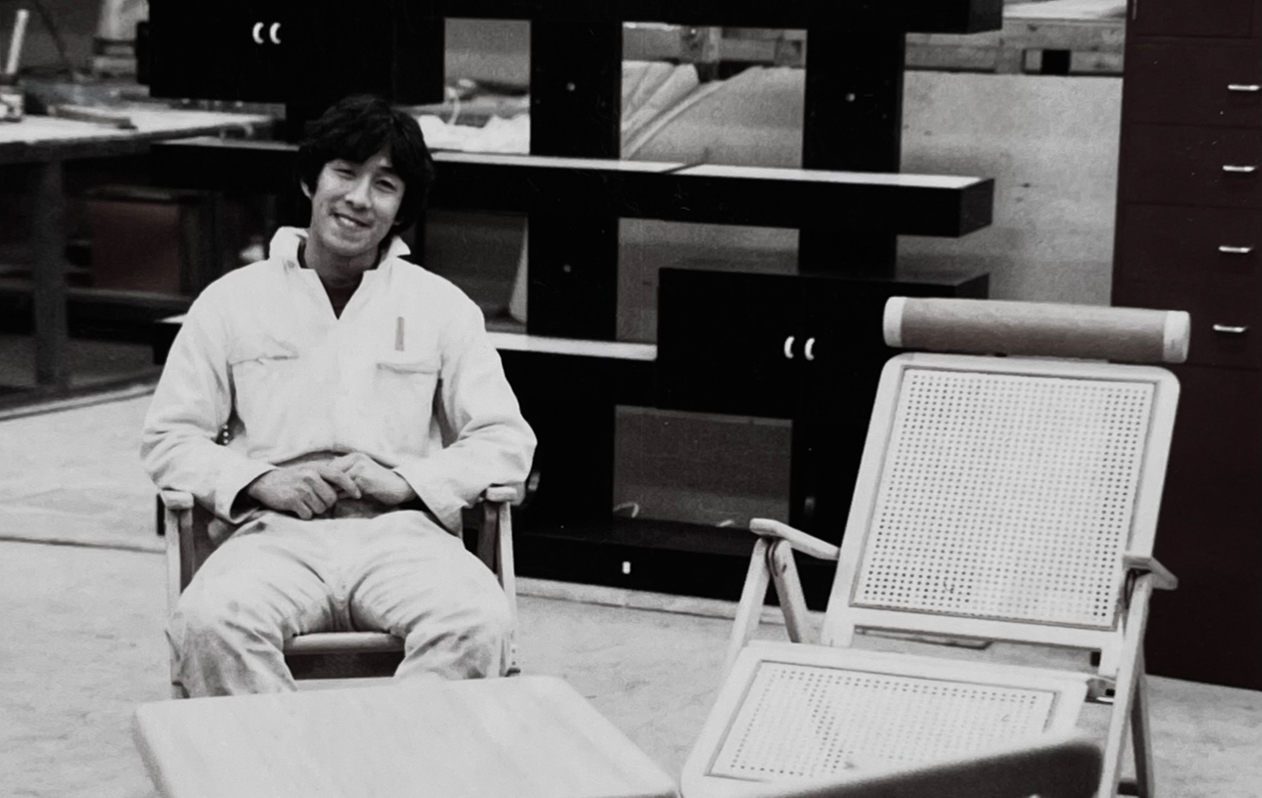
The Path of Makoto Koizumi
Industrial designer Makoto Koizumi and his works are well known in the world; however, when Steve from Nalata Nalata told me that his personality and the path he has taken are not familiar, I agreed. As a consumer rather than an insider…
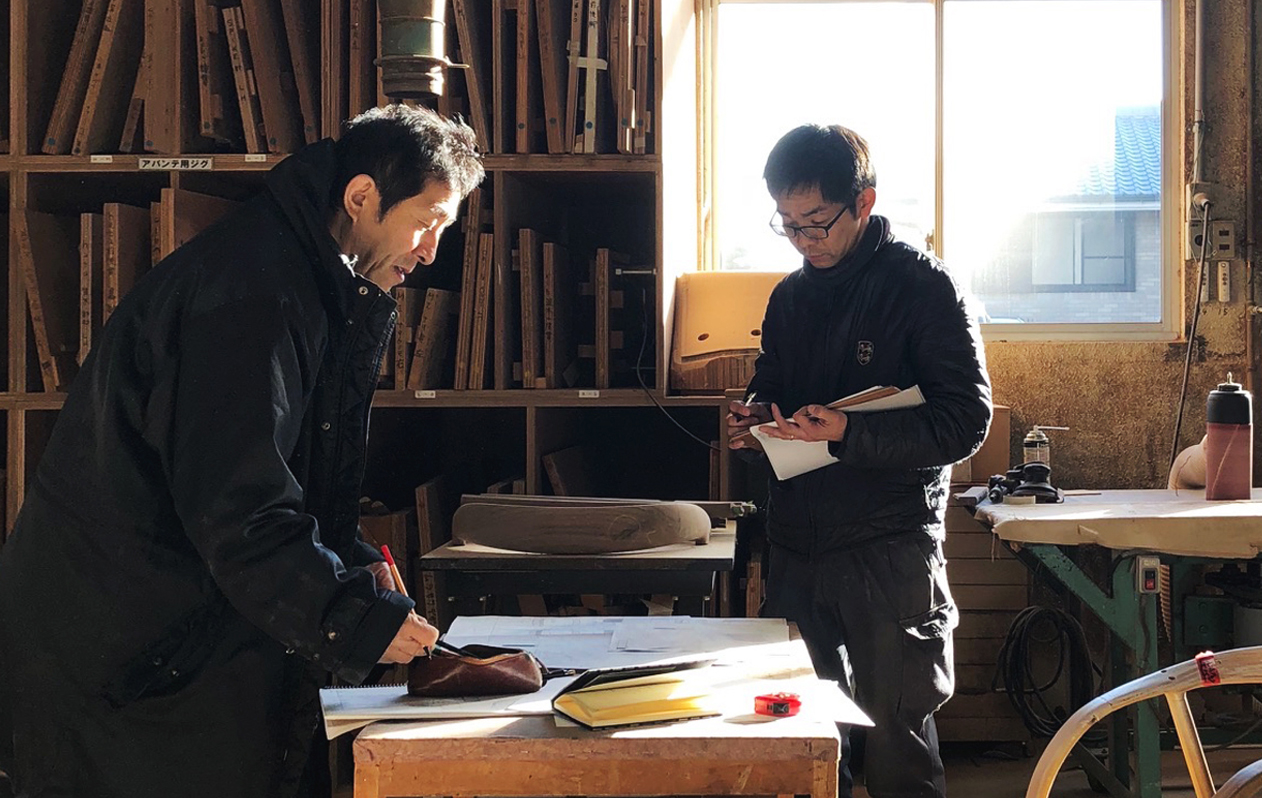
Interview with Makoto Koizumi | Tonton Rocking Chair
It was early February when I received an email from Steve at Nalata Nalata. The email was about the following; about 3.5 years ago, Steve and his wife Angy were chatting with Koizumi-san over coffee in NYC…
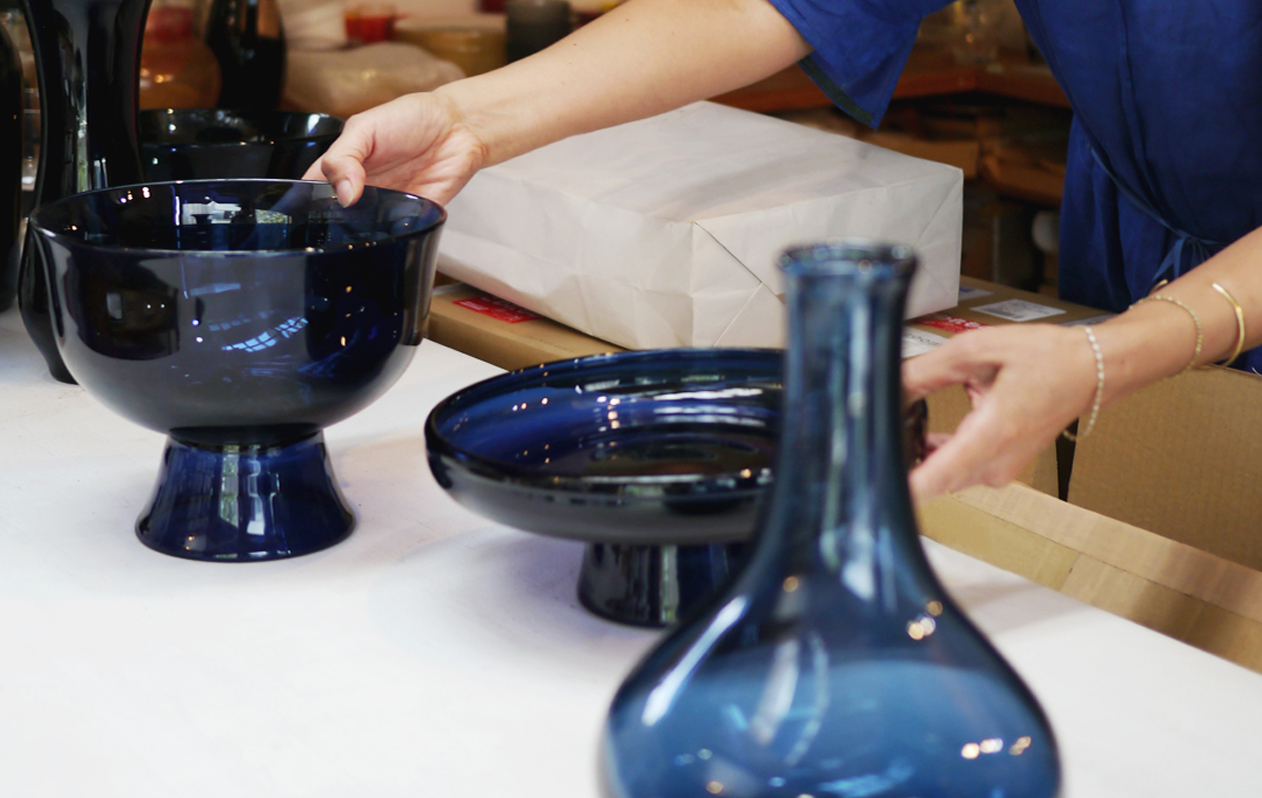
Relife | Exhibition Opening Remarks
The Reclaimed Blue project, which started in 2011, is now in its 12th year. We have been making and handing out our standard works, like the men-choko for more than 20 years…
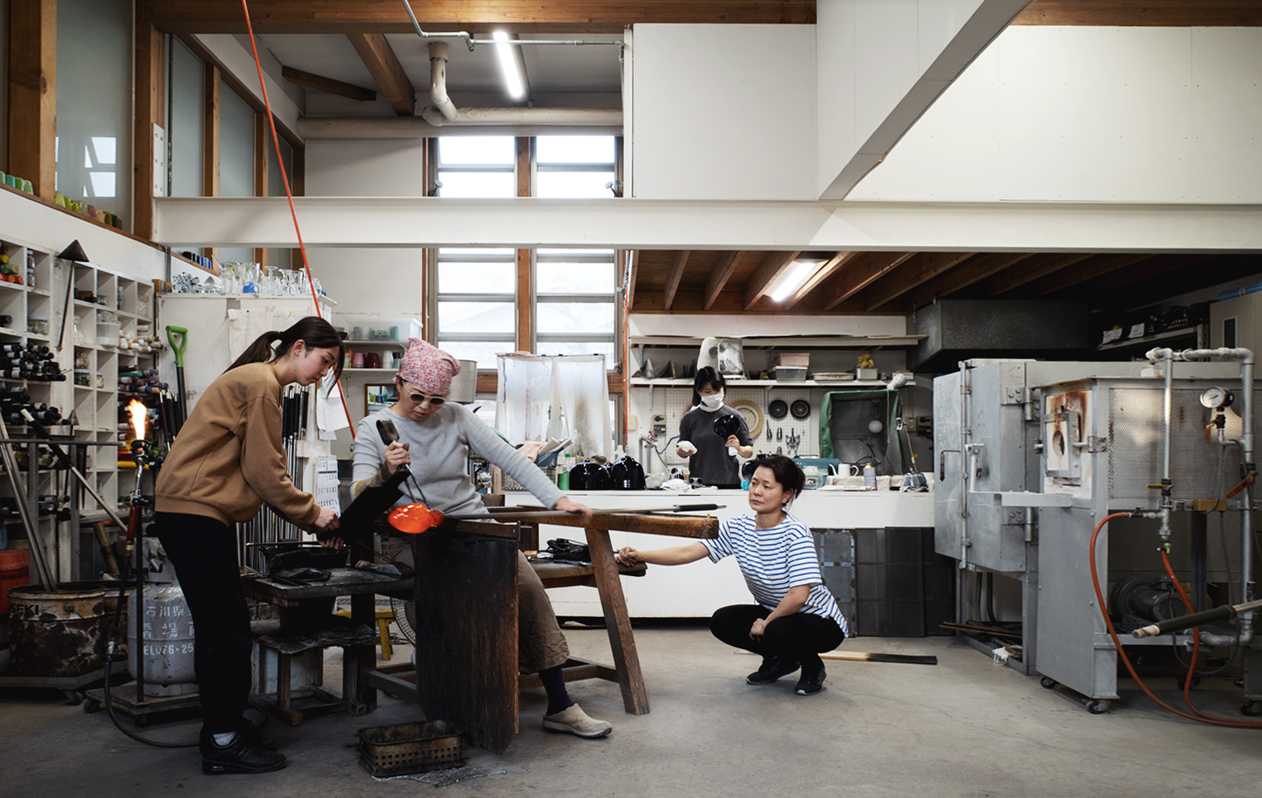
To Reclaim Glass, to Revive our Future | Factory Zoomer
A lively, outgoing and naturally energetic woman who laughs cheerfully. A tender-hearted dog lover. A mentor who listens to my pointless talking carefully and gives me thoughtful advice. Likewise an honest interviewee who answers the…
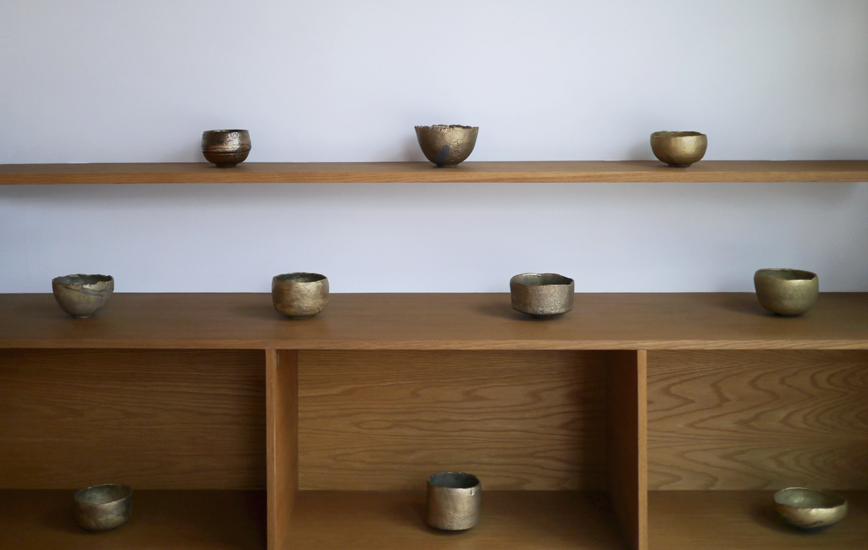
Gold Chawans | Exhibition Recap
Although this recap of the Gold Chawans exhibition we had earlier this year is long overdue, it is one we could not help but publish. As the old adage goes, it’s better late than never – especially when showcasing…
